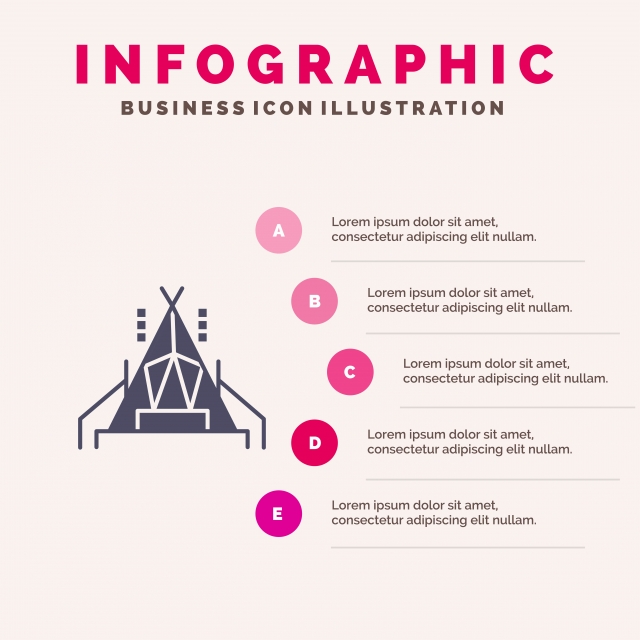While both offer staminas in different environments, it is necessary to determine which type of insulation will ideal offer your needs. The insulation you choose impacts heat, weight, water resistance, compressibility and rate.
Down is collected from waterfowl, normally ducks or geese. It is prized for its agility, easy compression and protecting homes. Nonetheless, down ends up being much less effective when damp.
Warmth-to-Weight
A high warmth-to-weight ratio is preferred in exterior garments and equipment. The protecting properties of down feathers make them an excellent option for this function, as they are exceptionally warm and light-weight.
However, down loses its shielding abilities when it gets wet, suggesting it needs to be paired with a water-proof shell. Furthermore, some individuals dislike down, making synthetic coats a far better option for them.
Synthetic insulations are commonly made from recycled polyester and designed to imitate down's shielding properties. They are not as lightweight as down, yet they do not shed their protecting capacities when they splash and dry faster than down. They are likewise extra budget-friendly than down. Nonetheless, their life-span is shorter than down, leading to higher upkeep and substitute prices.
Water Resistance
The insulation you choose for your work jacket will make a huge distinction in just how comfortable you feel outdoors. Nevertheless, the kind of insulation you pick additionally has substantial implications for your sustainability goals.
Down is an outstanding insulator for a number of factors. It's light-weight, compressible, and supplies a good warmth-to-weight ratio. However, it doesn't fare well when it gets wet. Down clumps up and loses its loft when wet, which can considerably minimize its capability to catch heat.
Artificial insulation products, such as Thinsulate and Primaloft, stand up far better versus damp problems. They normally have a limited weave or chemical layer that maintains water from penetrating the textile. This permits the insulation to continue to be breathable, even if damp. It deserves noting that synthetics can also be awkward when wet, but they maintain their shielding residential properties.
Compressibility
While goose down does have a superior warmth-to-weight ratio, artificial insulation performs likewise. Nonetheless, unlike down which absorbs and loses its shielding abilities when wet, artificial insulation does not. Therefore, it can keep its loft and catch warm air in wet problems.
Usually manufactured from polyester sheets or clusters that simulate down, one of the most common synthetic insulation brands include PrimaLoft, FullRange, Thermoball and Patagonia's PlumaFill. While it still can't match down's loftiness and warmth-to-weight, synthetic jackets are lightweight, fast to completely dry and less expensive than down. This makes synthetic jackets best for damp environments, or if you're prone to sweating heavily. Synthetic coats are additionally much less delicate than down and can take a beating. This sturdiness includes their face textiles which are usually thicker and much more long lasting than down.
Longevity
A major consideration in sustainability is a material's long life and toughness. All-natural materials like cork, ThermaCork expanded cork and Havelock woollen last longer than synthetic alternatives like fiberglass and vinyl. They likewise camping require much less upkeep and can endure severe ecological problems.
Nevertheless, natural insulation does not carry out as well when damp as artificial alternatives. Woollen and fleece glob together when damp, jeopardizing their ability to catch heat. Synthetic insulation, on the other hand, does not soak up wetness and continues to shield also when soaked.
This makes artificial insulation suitable for wet environments and difficult activities where you might sweat greatly. It's also simpler to wash and dries out faster than down. This added durability and integrity make synthetic insulation a total champion in this category. This converts to resilient insulated job boots that last long and maintain you heat through requiring environments.
Sustainability
All-natural products offer biodegradability and a smaller sized environmental impact, while synthetic alternatives boast longevity and ingenious applications that support power efficiency. Nonetheless, it is necessary to comprehend the true ecological impact of these insulation materials from cradle-to-grave.
For instance, if a natural insulation product needs to travel a cross country from its source to the structure site, transportation-related exhausts increase its general carbon footprint. Selecting in your area sourced and recycled items reduces that effect. And, opting for GREENGUARD and Cradle to Cradle accreditations ensures that insulation is without unpredictable organic substances (VOCs) and sustains accountable sourcing and labor problems.
Sheep's wool and cork are sustainable insulation resources that are gathered without damaging the tree or plant. Both have actually the added advantage of being normally resistant to mold and mildew, parasites and moisture.
